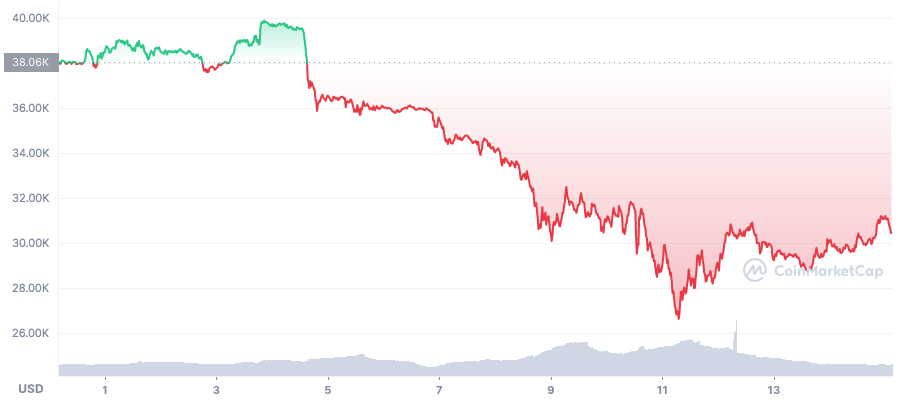$30k Test
Bitcoin is testing $30,000.
Long term support is front and center and “technically” it broke (but not for long). BTC dipped for a period of a few hours to prices below $27,000 on May 12.
Last week, traditional markets sold off… again. What has been an extremely volatile year in financial markets continued into the second week of May.
Keep reading with a 7-day free trial
Subscribe to Bitcoin Binge to keep reading this post and get 7 days of free access to the full post archives.



